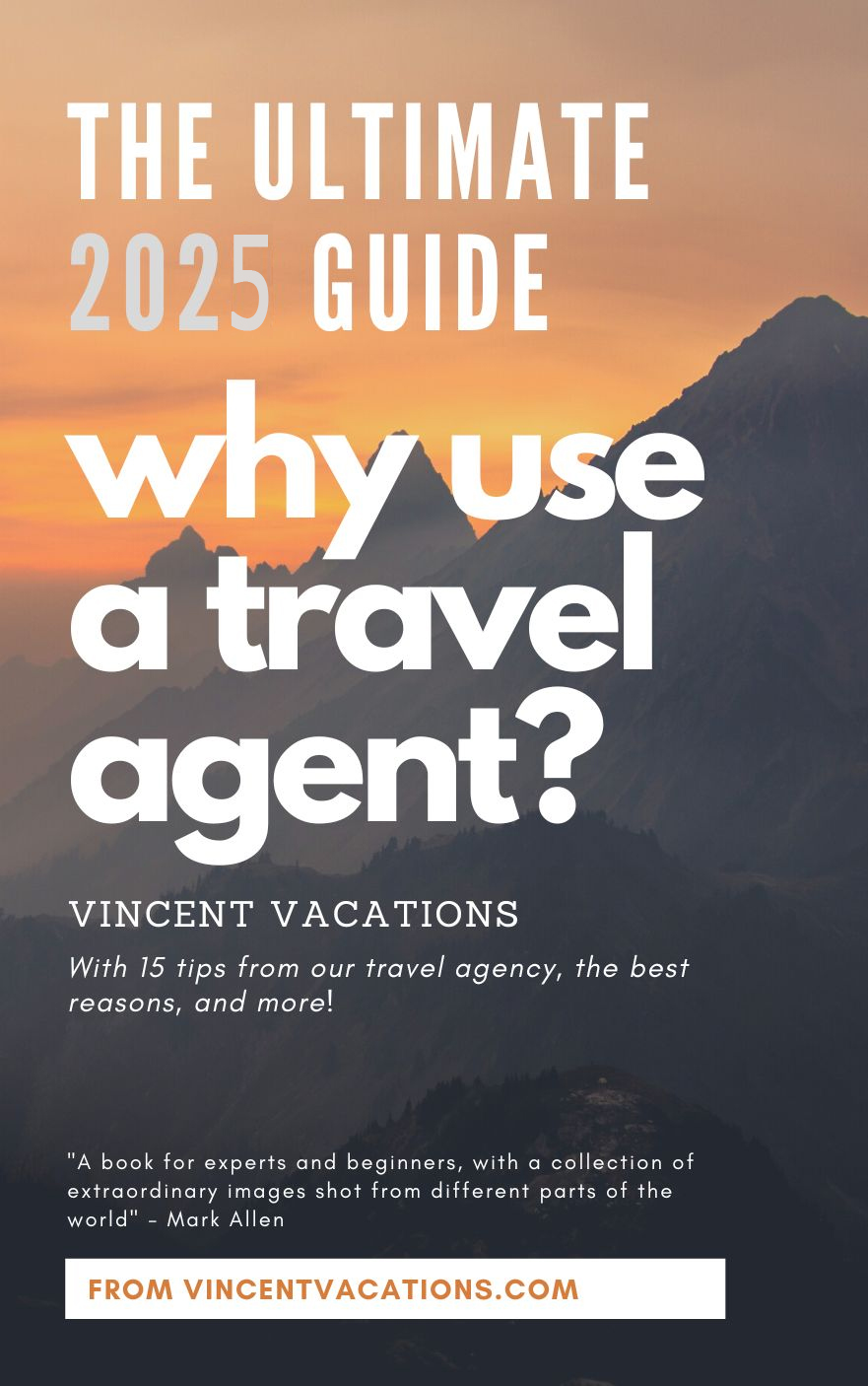We recognize that Disney vacations are not just an investment, but often the highlights of our lives, and we take that responsibility seriously. We want to ensure you have the best vacation experience.
Interested in a job in travel? Click here to learn: How to Become a Disney Travel Agent
Overview
Introduction
Louisiana is a state steeped in history and mystery—the plantations speak of a life built on the backs of slaves, and the cemeteries cite ravages of a fever everyone feared but no one understood. There's New Orleans, of course, one of the country's most distinctive cities and the home of extravagant Carnival traditions, transcendent restaurants and exceptional music. And there's Cajun Country, another place unto itself where food and dancing are a way of life as much as they are sustenance and entertainment. Practically anywhere you go in the state, Louisiana's heritage figures prominently—it's visible in the architecture, arts, ambience and, of course, the people.
Geography
Louisiana's southern region is dominated by the waterways that flow into the Gulf of Mexico. Slow-moving bayous and lakes feed the lowland swamps that form the Mississippi River's immense drainage basin. These swamps—flat save for large stands of native cypress and oak trees—gradually give way to the brackish and saltwater marshes that border the state's Gulf Coast fishing grounds. Farther north, the wetland character gives way to broad coastal plains and eventually to the rolling hills and piney woods of northern Louisiana. The highest point in the state (near Arcadia), at a whopping 535 ft/163 m, is called Mount Driskill.
History
Native Americans lived along bluffs of the lower Mississippi Valley for thousands of years before the arrival of Europeans. Groups in the area were part of the Mississippian culture that produced ceremonial temples and earthen mounds. Most Native Americans abandoned these practices before European explorers arrived, but one group in Louisiana, the Natchez, retained many of the practices, which allowed Europeans to observe a culture far different from most others they encountered in North America.
The first Europeans (Spaniards Cabeza de Vaca, Panfilo de Narvarez and Hernando de Soto) arrived in the 1500s. In 1682, Frenchman Sieur de La Salle claimed the area and promptly named it for his king, Louis XIV. Portions of Louisiana switched from Spanish rule to British and back to the French again before Napoleon sold most of the state to the U.S. in 1803 as part of the Louisiana Purchase (the part east of the Mississippi had been in U.S. hands since the conclusion of the Revolutionary War).
A melange of groups migrated into the area throughout this period, and a few even combined to form distinct new cultures. In New Orleans, the white Creoles (directly descended from the early Spanish and French settlers) mingled with free blacks, slaves and their descendants to form a new class of citizens known as the gens de couleur libres, or "free people of color." These light-skinned blacks often owned their own slaves, and many sent their children to school in Paris. The bayou country upriver from New Orleans was settled by the Cajuns (descendants of the French Acadians exiled from Nova Scotia in the 1700s).
Though much is made of Louisiana's French and Spanish roots, other ethnic groups have helped to shape the state's identity. In the 1700s, the Senegambians created the first successful rice crop in the Mississippi Valley. In the 1800s, the free Haitians introduced the shotgun house—a distinctive architectural feature of New Orleans neighborhoods. German immigrants intermarried with Acadian settlers, combining the diatonic accordion and the French fiddle to create Cajun music. Croatians cultivated oysters; Sicilians brought the muffaletta to New Orleans; and Irish immigrants fell to deadly yellow fever as they struggled to dig the all-important canals.
Louisiana joined the Confederacy in 1861 and was weakened significantly by Reconstruction politics. Around the turn of the 20th century, the discovery of coastal oil fields turned the political and economic tides of the state. Oil wealth flowed into the pockets of the urban elite as poverty ravaged the rest of the population. This disparity gave rise to strongman Gov. Huey P. Long, the prototype for other colorful Louisiana politicians who are heavy on charisma, flamboyance and corruption (always alleged, never proved). Popularly known as "the Kingfish," Long spearheaded huge public works projects that built Louisiana's modern infrastructure and helped him establish a huge personal power base. Constantly surrounded by controversy, Long was assassinated in 1935.
Huey's gubernatorial successors have kept Louisiana's "political circus" reputation alive, including his brother Earl Long (who was once committed to a mental hospital) and Country Music Hall-of-Famer Jimmie Davis. Yet another colorful governor was the four-time elected and perpetually indicted Edwin Edwards. The son of Cajun sharecroppers, he was surrounded by rumors of lucrative kickbacks and was convicted in 2000 on charges of racketeering, and mail and wire fraud. Before his incarceration, Edwards opened the door to land-based casino gambling in the state. As if to bury the past, voters elected their first female governor, Kathleen Blanco, in 2002.
Today, Louisiana's economy runs mainly on health care, tourism, agribusiness and the petrochemical industry.
In August 2005, Hurricane Katrina swept across the Gulf Coast, bringing a 20-ft/6-m storm surge that devastated the city of New Orleans and wreaked damage up and down the coast. The city is certainly on the road to recovery but will show scars—in the form of abandoned neighborhoods outside of the tourism districts—for years to come. The good news for tourists is that the most historic and iconic areas of the city have rebounded. Just a month after Katrina, Hurricane Rita slammed into the southwestern part of the state and dealt a massive blow to Cameron and Calcasieu parishes and the Lake Charles area. Suffering a fate similar to New Orleans, thousands of homes were flooded, and small towns such as Holly Beach were simply wiped from the map. As with New Orleans, this area of the state is rebuilding and great progress is being made.
Although Louisiana is still recovering from the storms, travelers should not hesitate to visit—attractions and cultural treasures are alive and well. Tourism is part of the state's lifeblood, and there's no better way to help out than to pass a good time in Louisiana.
Snapshot
Louisiana's main attractions include Cajun and Creole culture, New Orleans, outdoor activities (especially fishing and hunting), original music (Cajun, zydeco, jazz and swamp pop), antebellum homes, inspired food, Mardi Gras, the Aquarium of the Americas, riverboat rides, swamps and historic sites.
Anyone interested in food, history or music—as well as romantics of all sorts—will enjoy a visit to New Orleans, and those who want to spend time hunting, fishing or exploring Cajun culture will love the countryside. Some visitors can find the sweltering temperatures and humidity of summer a little too much to handle.
Potpourri
Louisiana is a state of several languages. Cajun French, a dialect exclusive to Louisiana, is spoken in many parts of Lafayette, Acadia and other parishes, and members of the Isleno community in St. Bernard Parish still speak the same archaic idiom of Spanish Colonial Louisiana. With the influx of contract workers to the city since Katrina, New Orleans now reflects a greater Hispanic culture, and it's not uncommon to hear Spanish spoken on the street.
The Atchafalaya Basin is the largest freshwater swamp in the U.S.—approximately 150 mi/240 km long and 20 mi/35 km wide.
Abbeville hosts the Giant Omelette Celebration each November, using more than 5,000 eggs.
Though alligators can be dangerous, Louisiana's most worrisome varmint may be the nutria, a large rodent similar to a muskrat. They burrow through flood-control canals, creating a serious threat to towns in the delta. Officials have sanctioned nighttime hunts in an effort to control the nutria population.
Zydeco, music pioneered by African Americans in the Lafayette region, is believed to have come from the phrase "les haricots sont pas sales" (the beans are not salty).
At more than 23 mi/38 km, the Lake Pontchartrain Causeway is the longest over-water bridge in the world. Arching distinctively over the Mississippi, the Huey P. Long Bridge is one of the longest and highest steel railroad bridges in the country—running more than 4 mi/7 km from abutment to abutment. Upriver in Donaldsonville, the Sunshine Bridge derives its name from the hit song "You Are My Sunshine" penned by the late Gov. Jimmie Davis.
Louisiana has had five different capital cities: New Orleans, Donaldsonville, Opelousas, Shreveport and Baton Rouge. Pre-Katrina, New Orleans was the most populous city in the state, but post-Katrina the title goes to Baton Rouge.
Gumbo may seem like a purely local invention, but its roots can be found in the West African word for okra—nicombo. Sweet potatoes are another staple that reflect the African influence on Louisiana culture.
If the Mississippi had its way, it would have joined the nearby Atchafalaya River years ago. To keep the river from straying, it is kept in place by man-made levees, spillways and the Old River Control Structures (located just north of Baton Rouge). However, without the natural flooding to spread the river's sediment, the ground is sinking. Efforts are under way to divert sections of the Mississippi River to allow its rich natural sediment to build land along Louisiana's coastal wetlands.
The state's coastline erodes at a rate of about 30 mi/45 km per year. In an effort to save this fragile land, locals donate their used Christmas trees each January to be used in a natural fence—positioned end-to-end, the branches guard against erosion by breaking the waves. Although this offers some help, a large-scale effort is under way to stem the tide of coastal erosion. In 2006, Congress passed legislation to fund the most aggressive coastal protection and land-building initiative in U.S. history.
































